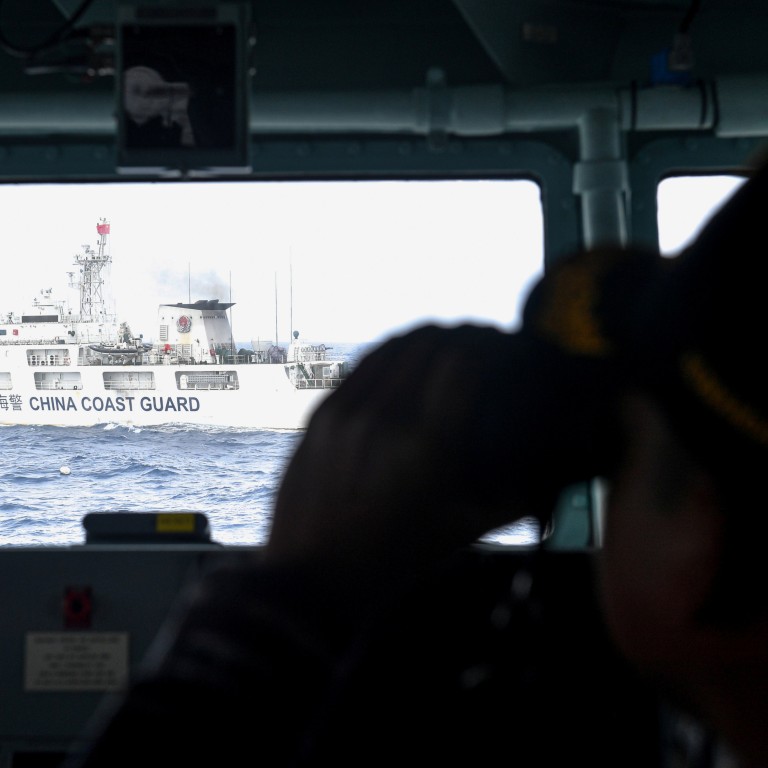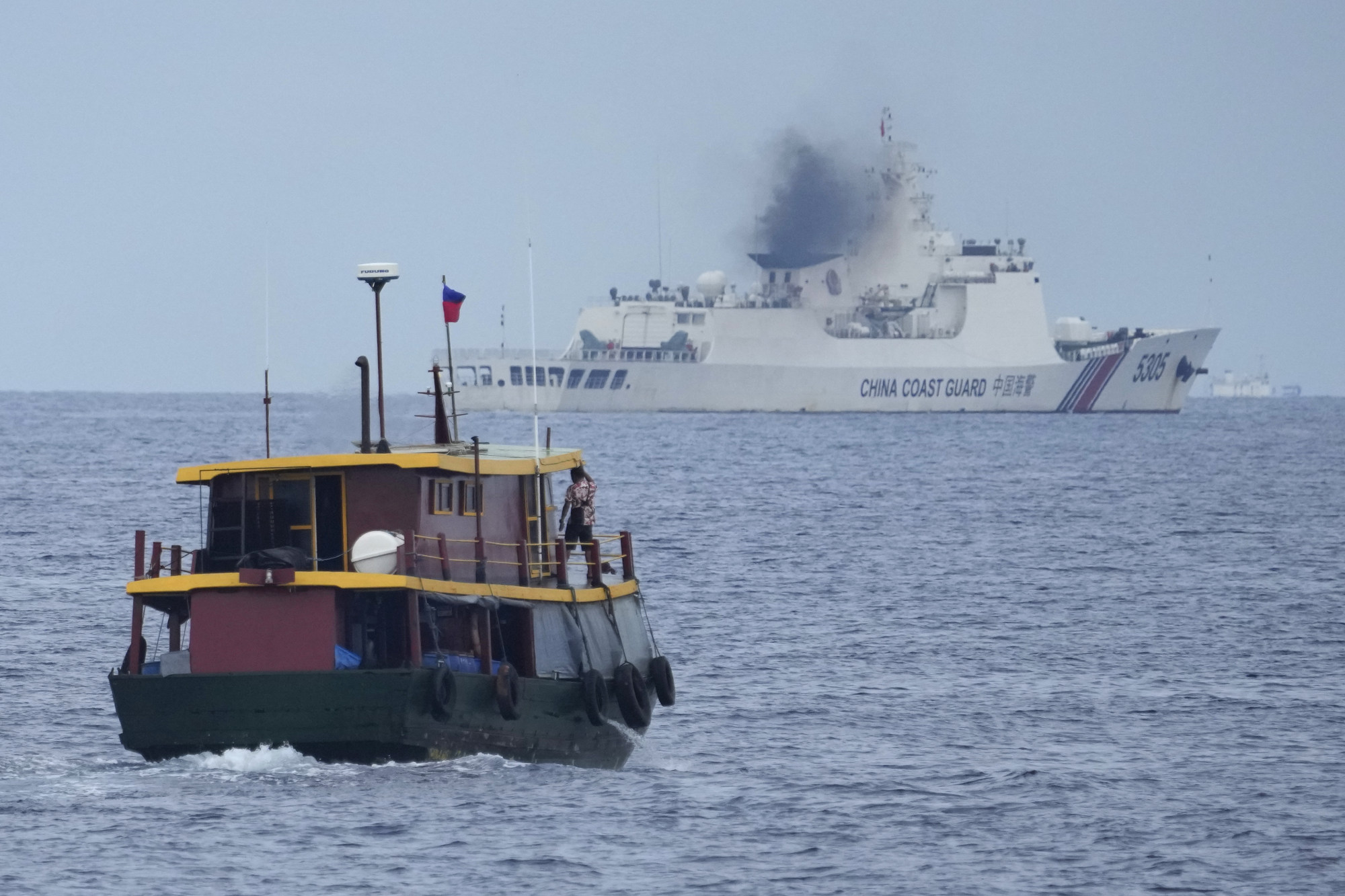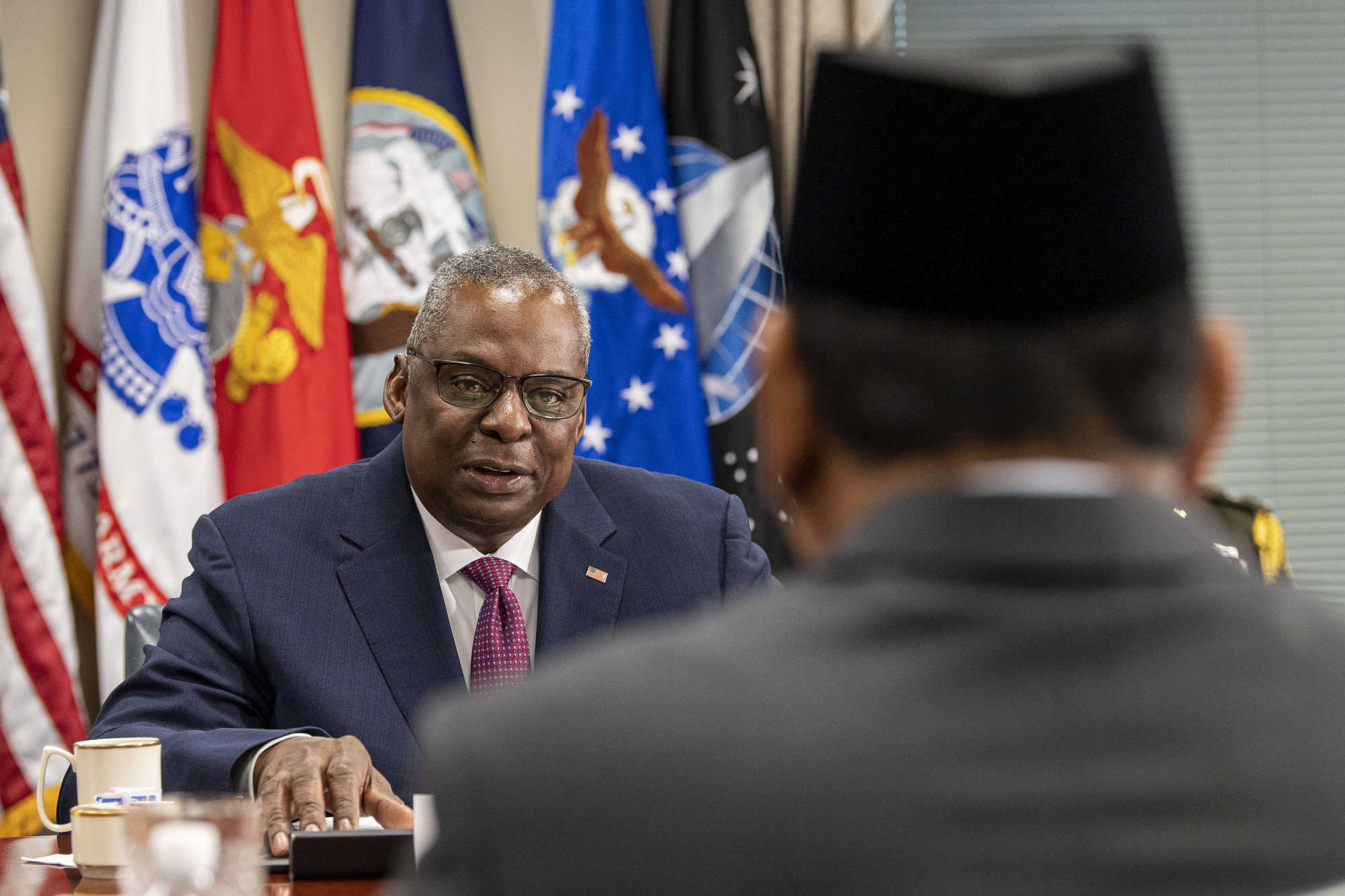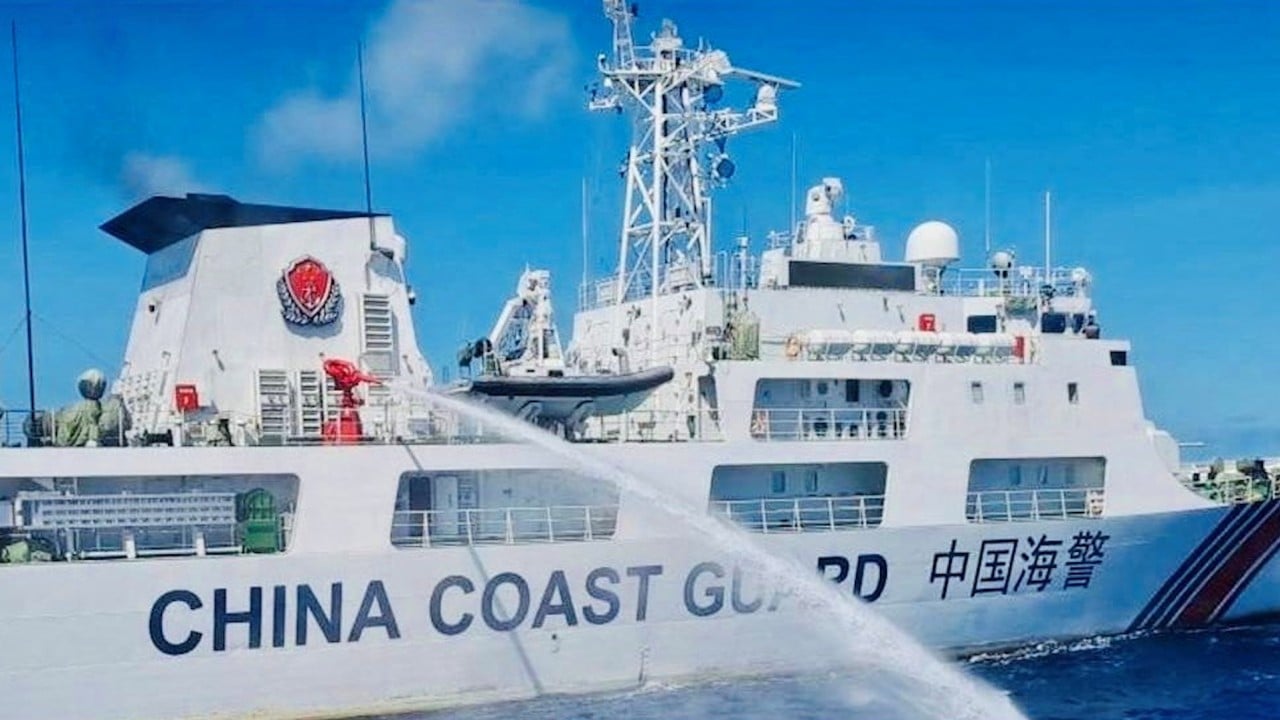
Indonesia’s ‘significant’ South China Sea comments not a sign of ‘nascent alliance’ with US
- Indonesia’s joint statement with the US on the South China Sea is seen as a move to increase support for Southeast Asian claimants, analysts say
- The ‘important and necessary’ statement is also a significant shift from Indonesia’s previous neutral stance on the territorial dispute
The two countries also stated that Beijing’s claims in the South China Sea were “inconsistent with international law as reflected in the United Nations Convention on the Law of the Sea (Unclos)”.
What will Philippine support of ‘external players’ mean for the South China Sea?
In light of recent naval incidents between the Philippine and China Coast Guard in the South China Sea, Dermawan said Jakarta’s statement in urging Beijing to comply with international law was “important and necessary”.

John Bradford, a Council on Foreign Relations international affairs fellow in Indonesia, said that by specifically naming China, the joint statement reflected a readiness on the part of Indonesia to “level up” its support of the expanding coalition of states defending the rights of the Southeast Asian claimants.
Last week, the US, Japan and Australia undertook joint navy drills in the South China Sea off western Philippine waters. On Monday, the Super Garuda Shield, an annual military drill initiated by Indonesia and the US, began in East Java. It is set to run through mid-September and involve 5,000 participants from countries including Australia, Britain, Japan and Singapore.
“The statement should not be misunderstood as a nascent alliance with the US or an Indonesia ready to confront China; naming China as a problematic actor is a relatively small, though important, step,” Bradford said.
Abdul Rahman Yaacob, a researcher on Southeast Asian security affairs at Australian National University, said the statement reflected the view of Indonesia’s defence planners that China was “a security threat”.
China ‘sending a signal’ to Indonesia with large coastguard ships near island
In January, China’s largest coastguard vessels sailed the waters around the Natunas, located north of Indonesia’s province of Riau Islands, which are the Southeast Asian country’s exclusive economic zone (EEZ).
Last December, China told Indonesia to stop drilling for oil and natural gas at a temporary offshore rig because it was taking place in Chinese territory, a move which Jakarta rejected, making it clear that it was Jakarta’s sovereign right.
Indonesia says that under Unclos, the southern end of the South China Sea is its EEZ. In 2017, it named the area as the North Natuna Sea; however, China objected to the move and insists the waterway is within its expansive claims in the South China Sea that it marks with a U-shaped “nine-dash line”.
The boundary was found to have no legal basis by the Permanent Court of Arbitration in The Hague in 2016.

Indonesia, an archipelago of 270 million people, is seeking to upgrade its military and replace its hardware, earmarking 134.3 trillion rupiah (US$8.8 billion) this year for defence, the biggest allocation in its state budget, with a similar amount for next year.
The country is seeking to upgrade its fighter jets, which currently include US-made F-16 and Russian Sukhoi Su-27 and Su-30 models.
Abdul Rahman said the development had to be seen within the context of Indonesia’s military modernisation effort, which began in 2005 with then president Susilo Bambang Yudhoyono’s “Minimum Essential Force” (MEF) policy to modernise the military over two decades, particularly the navy and air force.
South China Sea: Indonesia’s push to modernise military backed by US
The programme picked up pace after Prabowo became defence minister in 2019, and last year, he led a delegation to France and ordered 42 Rafael combat aircraft, considered one of the best fighters around, as well as Scorpene-class attack submarines, Abdul Rahman said.
The need for further modernisation is due to the several security challenges that Indonesia faces, he said, adding that these ranged from domestic terrorist threats and separatist movements to external threats such as China’s incursions into the Indonesian EEZ, as well as US-China tensions.
“Indonesian defence officials I engaged with have expressed that US-China military conflict may spill into Indonesian maritime territories, thus there is an urgent need to modernise the TNI to defend Indonesia’s interests,” he added, referring to the acronym for the Indonesian National Armed Forces.


